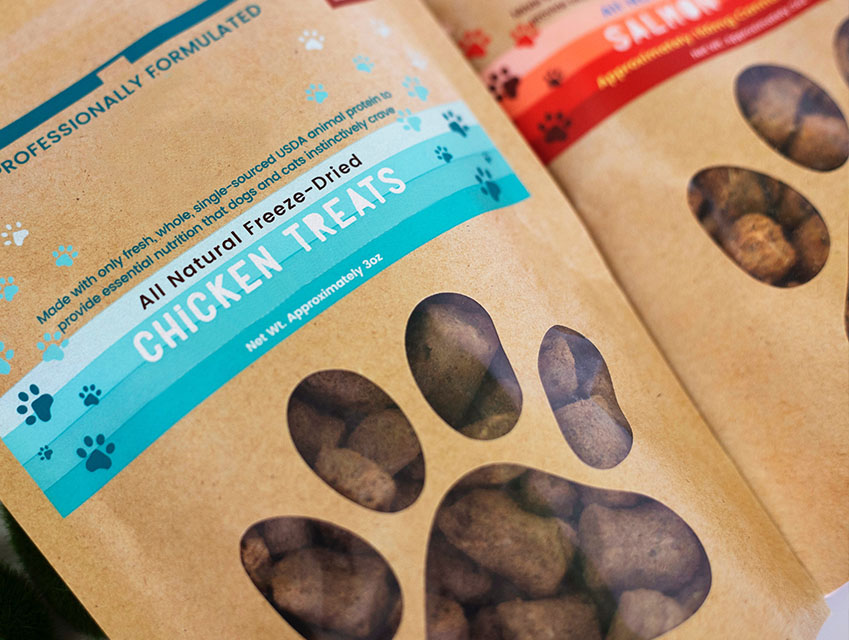Reduced Food Waste
Reducing food waste is critical to protecting the environment. Food waste disposal accounts for approximately 1/3 of the world’s total food supply, meaning we throw out billions of pounds of unused food every year. Finding solutions to decrease food waste, including household food waste, is vital to environmental responsibility and sustainability.
The North American Renderers Association (NARA) focuses on equipping industry professionals to impact the environment with resources, advocacy, and support for food waste recycling. Our members are independent renderers and food processors, service providers, brokers, and buyers of rendered products. Our goal is to help reduce this considerable food waste and repurpose “the meat we don’t eat” for other practical needs.
How Does Food Waste Affect Sustainability?
Rendering is a hugely important and critical part of the solution to reducing food waste — and one that many do not know of or talk about when having the sustainability conversation. It’s a solution that directly addresses food waste worldwide by finding practical uses for a wide range of meat products, used oil, and other food materials consumers consider inedible.
Roughly 50% of an animal is considered inedible by Americans. Rendering reclaims these tissues and transforms them into ingredients for countless products — effectively addressing the effects of food waste by recycling 99% of this unwanted meat and diverting it from landfills. If all these leftovers were sent to a landfill instead of being rendered, all available landfill space in the U.S. would be completely full in about 4 years.
Instead, rendering recycles and reuses this material (to the tune of 31.4 billion pounds of fat, oil, and protein products annually) to create nutritious pet food, biodiesel, and countless other useful products — making rendering one of the most sustainable ways to reduce food waste. By reclaiming and upcycling otherwise discarded meat leftovers, renderers make our food production footprint smaller.

How to Reduce Food Waste
Conserving food materials and finding other ways to use the meat co-products that many consumers don’t eat is a vital part of combatting the food waste problem. The practice of rendering allows consumers to get more use from these products rather than allowing them to end up in a landfill.
Rendering has many practical applications for reducing waste across communities, regions and countries. One example is recycling used cooking oil, which renderers can utilize in biofuel production. This process cuts down consumer dependence on fossil fuels while sustainably using leftover food materials. Similarly, rendered material from meat processing can become bio-based soil conditioner or fertilizer, enhancing healthy soils and replacing synthetic chemical fertilizers in agricultural applications.
Benefits of Reducing Food Waste
Decreasing rates of food waste worldwide can have a powerful impact on the environment. The benefits of reducing food waste are multifaceted, including improved environmental responsibility and increased sustainability. Rendering offers several key advantages that change how we handle food waste disposal:
Environmental responsibility: Cutting down on food waste protects the environment by reducing the buildup in landfills. With responsible food use and production of upcycled, bio-based products from food materials, rendering also decreasesthe release of greenhouse gases (GHGs), such as carbon, into the air.
Sustainability: The significant amounts of food commonly wasted each year can have considerable impacts on the environment. Cutting down on that waste can go a long way toward a positive impact. Reducing food waste makes consumption more sustainable in the long term, benefiting everyone for the future.
Cost-efficiency: Repurposing materials that are already available instead of discarding them cuts down on the overall costs of production. It’s a highly cost-efficient alternative to disposing of food waste.
Become a NARA Member Today
NARA is committed to supporting renderers, protecting the environment and creating sustainable solutions for food leftovers. To help our members move forward, we offer extensive resources about regulatory compliance requirements, educational tools, meetings and more. NARA also represents the industry to local and national government offices, giving a voice to the work renderers are doing in our communities. Whatever we do, we focus on listening to our members’ feedback and providing optimized services based on their unique needs that add value to their business. For information on NARA’s membership benefits, industry-insider magazine or other resources, we’re here to help. Get in touch with us about membership opportunities today to learn more.

